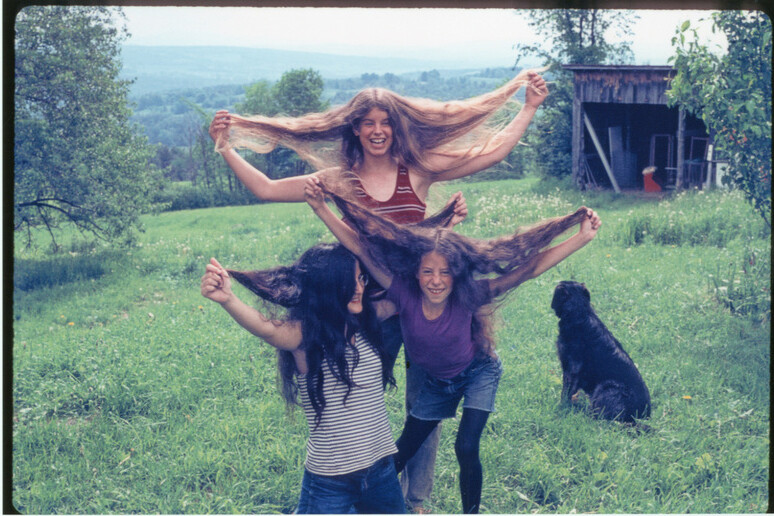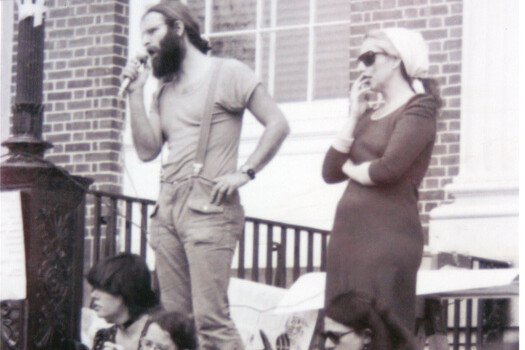Counterculture in Vermont
Learn more about the individuals at the forefront of the Vermont Counterculture Movement.
It was the summer of 1971 in Vermont. Rumors swirled that 50,000 “hippies” were planning on moving to the state to take over. Their beliefs pushed against the views of conservative Vermonters, and divides ensued as a result. Much of the United States experienced the larger hippie movement in the 1960s. By 1970, a younger generation began to set their eyes on the Green Mountain State.
50,000 people did not come to Vermont in 1971. But Vermont's social environment did change drastically in the following decade. Vermont's population rose 15% during the movement. It was the largest influx since the Revolutionary War. The new residents came with money in their pockets, and Vermont's abandoned farms were rebuilt. Communes, filled with artistic freedom and ethical farming practices, covered Vermont's landscape. These communities had lasting effects on Vermont, many of which are still noticeable today.
Learn More
Follow the links below to explore related topics.
Explore Vermont Life magazine article "Bread and Puppet"
Explore the "Vermont 1970s Counterculture Photographs" collection on Digital Vermont
Explore the "Vermont 1970s Counterculture Oral Histories" collection on Digital Vermont
Read VHS article "Counterculture in 1970s Vermont"
Read the research journal "Networking the Counterculture: The 1970 Alternative Media Conference at Goddard College"

